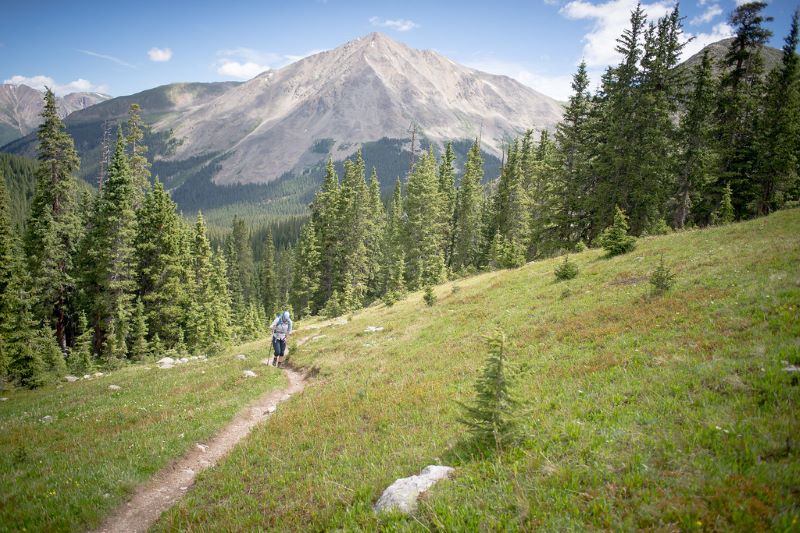Vegetative Communities and Climate Change
Grade Level: 9-12
Lesson Background:
This lesson involves students exploring why treeline exists at certain positions on mountains and how climate change may impact treeline and vegetative communities in the future. Using the Global Vegetation Project platform, students will view real photograps and investigate data on temperature, precipitation, pressure, and elevation. Students will also be introduced to Holdridge Life Zones and interpret data showing how life zones may change with increasing amounts of atmospheric carbon dioxide. Finally, students will explore how a loss of alpine environments would impact humans in Wyoming, the Rocky Mountains, and in other mountainous locations throughout the world.
Lesson Resources:
Possible Guiding Questions:
Why does treeeline exist on mountains? How does temperature, precipitation, and elevation affect vegetative communities? Why do certain communities of plants grow in certain locations and under certain conditions? How might climate change impact the presence of treeline on mountains? What impacts would a loss of alpine environment have on humans? How might climate change affect the plant communities that we live near?
Possible Instructional Uses:
This phenomenon provides an entrance point into discussing how various environmental conditions, such as temperature and precipitation, impact the communities of plants that grow in certain areas. There is also an opportunity to explore how climate change will impact plant communities, including how threats to alpine environments would affect humans.
Performance Expectation Connections:
HS-LS2-2 Use mathematical representations to support and revise explanations based on evidence about factors affecting biodiversity and populations in ecosystems of different scales.
HS-LS4-5: Evaluate the evidence supporting claims that changes in environmental conditions may result in: (1) increases in the number of individuals of some species, (2) the emergence of new species over time, and (3) the extinction of other species.

Image: Adam Zolyak - licensed under the CC Attribution-NonCommerical-NoDerivs 2.0 Generic license
Science and Engineering Practices
- Engaging in Argument From Evidence
- Using Mathematics and Computational Thinking
- Analyzing and Interpreting Data
Crosscutting Concepts
- Cause and Effect
- Patterns
Disciplinary Core Ideas
- Interdependent Relationships in Ecosystems
- Adaptation
- Ecosystem Dynamics, Function, and Resilience
- Weather and Climate
- Global Climate Change
- Biodiversity and Humans
Contributors:
Martha Inouye, Clare Gunshenan, Sienna Wessel, and Matthew Bisk
